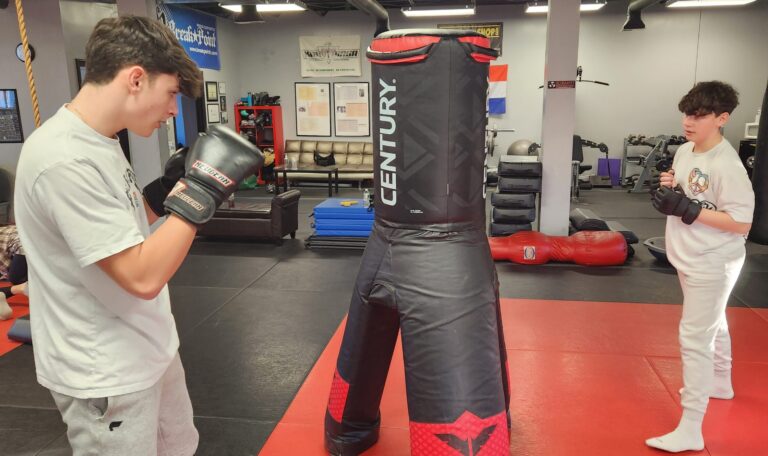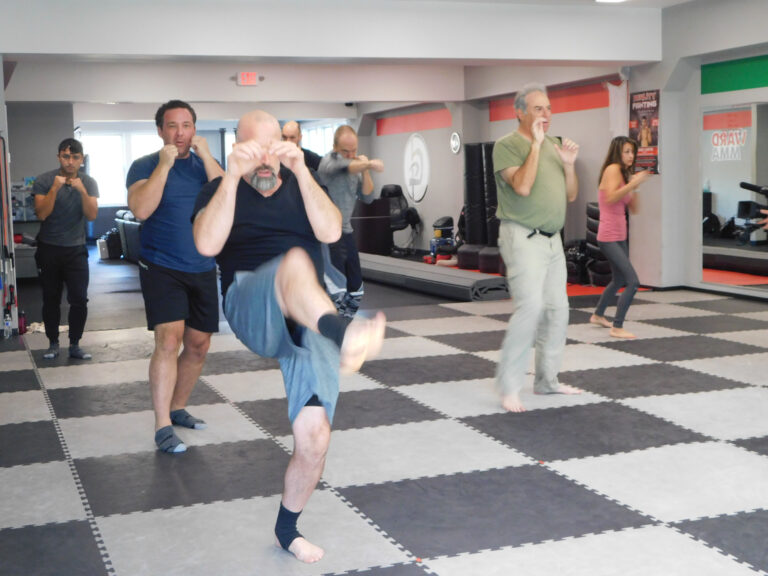When learning self-defense, it is very common (and correct, btw) for students to stay very self-aware and focus purely on their technique. Time and energy are spent perfecting footwork, hand position and various tactics to ensure the greatest effect during a violent confrontation. Indeed, the purpose of drill work done in class is to reinforce focus and concentration on the specific fine motor and technical steps needed to damage or otherwise manipulate your attacker’s body.
Once, however, we are in an actual violent encounter, where we have to use these meticulously trained techniques, the focus needs to go from one’s own body mechanics to those of the attacker. As we engage, we must monitor the effect we are getting from these well honed maneuvers. Despite our training, we may fail our objective due to either bad form or bad luck. Pain tolerance is subjective, range of motion is anatomically specific to a person’s joint structure and the ability to recover from/absorb a punch can vary drastically. Nothing works 100% of the time, no matter how much we practice or wish it were true.
The progression of training goes from practicing a technique or manipulation to the point where you no longer need to focus on your actions, to applying these moves with close and careful observation of the attacker’s reaction. If the application of, let’s say, a wrist lock does not immediately result in an altering of their body structure or grimacing of their face, chances are they are either resistant to it or you failed to apply it correctly. This requires an immediate change of tactic to an alternate maneuver. Remember that trying to continue with an ineffective move will only result in immediate and violent retaliation by your attacker.
Krav Maga has always been a game of kinetic chess. We cannot move our pieces on the board without being keenly aware of our opponent’s counter moves. We must stay attentive to our attacker’s movements so that we can avoid their attacks, but we must be equally focused on their bodies during our attack to ensure all of our objectives are met.




